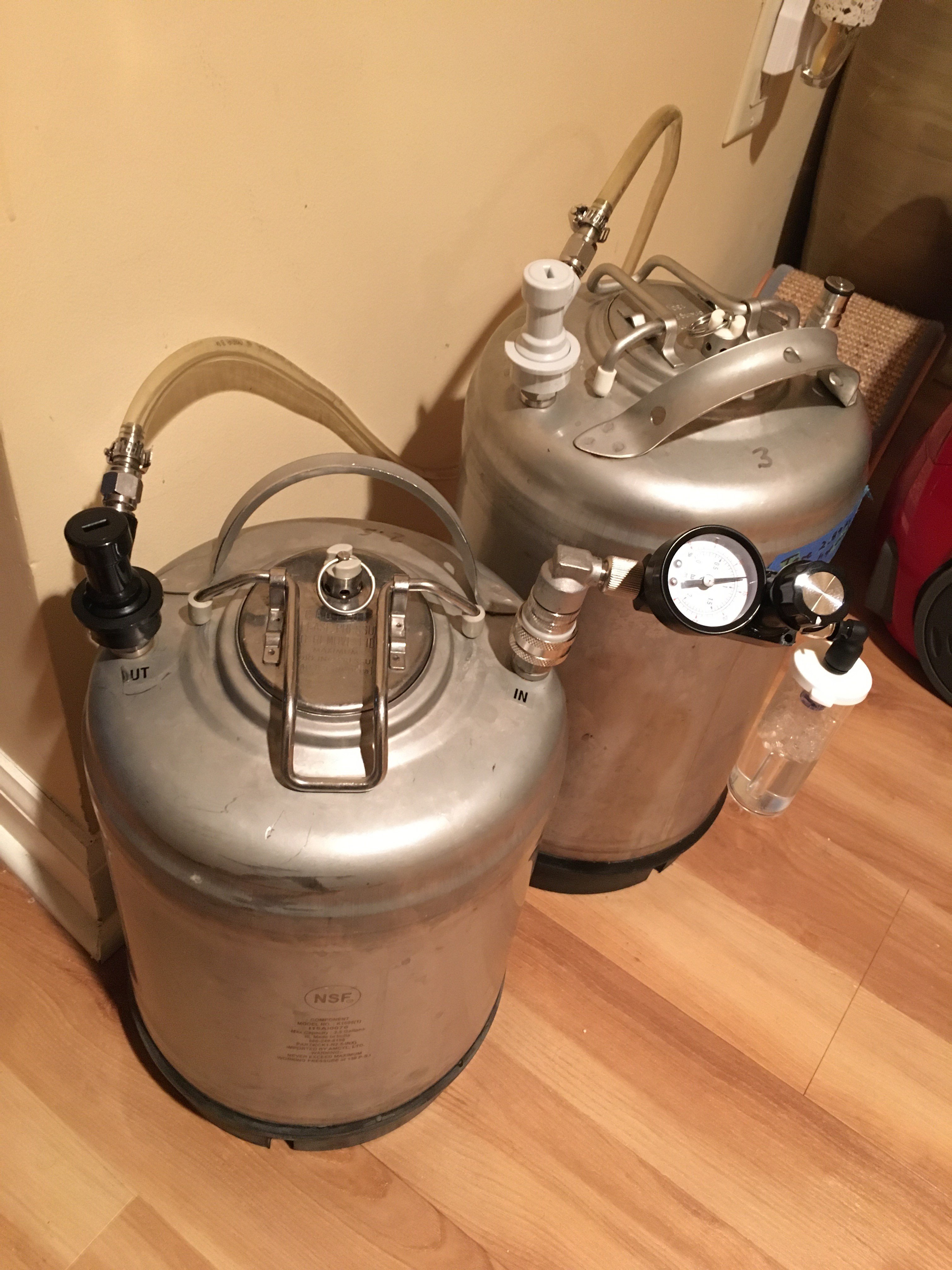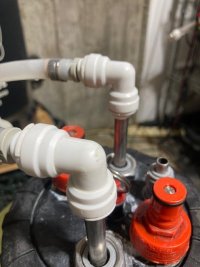I've read that this method is beneficial to reduce oxygen pickup in the keg. A few questions for those of you who do this.
1) How long do you leave it in the keg at room temp before putting it in the keezer?
2) If you dry hop in keg, assuming it best to add dry hops at time of transfer from primary?
3) Isn't there a risk of diacetyl pickup since you are essentially doing the rest off of the yeast cake?
4) Do you use warmer (i.e. warmer than cold tap water) when sanitizing the keg as to not drop the temperature of the filling keg significantly vs. the primary vessel.
1) How long do you leave it in the keg at room temp before putting it in the keezer?
2) If you dry hop in keg, assuming it best to add dry hops at time of transfer from primary?
3) Isn't there a risk of diacetyl pickup since you are essentially doing the rest off of the yeast cake?
4) Do you use warmer (i.e. warmer than cold tap water) when sanitizing the keg as to not drop the temperature of the filling keg significantly vs. the primary vessel.
Last edited:





